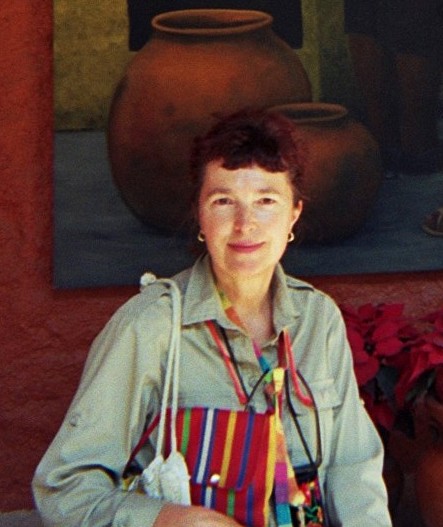publication date: Nov 19, 2012
|
author/source: Natasha van Bentum
Russell James, Director of Graduate Studies in
Charitable Planning at
Texas Tech
University, recently conducted research on what motivates
individuals to leave a legacy as well as what "de-motivates" them. Thanks
to Texas Tech's
Neuroimaging Institute,
he's able to use a functional magnetic resonance imaging machine (fMRI) to
examine charitable bequest decision making, the first time such insights
have been available in the charitable giving field.

A study subject
lies in the machine while being asked a series of questions. Computers then
illustrate which area of the brain is activated during particular lines of
questioning. By working with such innovative technology, Russell hopes to learn
more about what is involved in making giving decisions. Here's what he says
about his research:
The main areas where I do research are
generosity and financial decision-making having to do with charitable
giving. I'm also interested in how a
person perceives satisfaction with regard to their own financial circumstances.
When you look at charitable giving as a whole, about 85% engage in charitable
giving, and less than 5% engage in charitable estate planning. If it is out of
fear, because we're talking about a person's death or what is different about
that decision, then maybe we could understand those barriers and address them.
Key findings
Here are five
key findings from the study
as reported by
Michael Rosen of
Donor Centered
Planned Gift Marketing in his blog post of February 2012:
- Bequest giving and current giving stimulate different parts
of the brain.
- This suggests that different motivators and de-motivators are
at work.
- Making a charitable bequest decision
involves the internal visualization system, specifically those parts of the
brain engaged for recalling autobiographical events, including the recent death
of a loved one.
- Charitable bequest decision-making engages parts of the
brain associated with what researchers call "management of death salience."
- In other words, and not surprisingly, charitable bequest
decision making involves reminders of one's mortality.
What can
we learn from this study?
I find the reference to "autobiographical
connections" to be the most compelling point. It all boils down to storytelling. As we know, it's not the tax advantages or
technical gift illustration charts that make a difference in encouraging donors
to take action.
Russell gives excellent advice (not unlike
what our grandmothers would have told us). "Start conversations by working to
trigger autobiographical memories associated with the charity, or the cause the
charity represents. The goal is to lay out for the donor how a bequest gift to
the organization fits neatly into their autobiography."
Other research suggests that that it's not just
the story of the charity that's key, but the inter-relationship between the
individual's own story and the charity.
This edited
article is taken from a more extensive commentary by Natasha van Bentum,
Legacies and fMRI's - What goes on in the
mind of a donor, published in the October 2012 issue of
Gift
Planning in Canada.
Subscribe
or download a sample copy.
Natasha
van Bentum is one of the earliest members of the Canadian
Association of Gift Planners and has served on various Leave a Legacy
committees for many years in Canada and the USA. She is Director of G2 - Give Green Canada (Patrimoine
vert), a project housed at Tides Canada.

